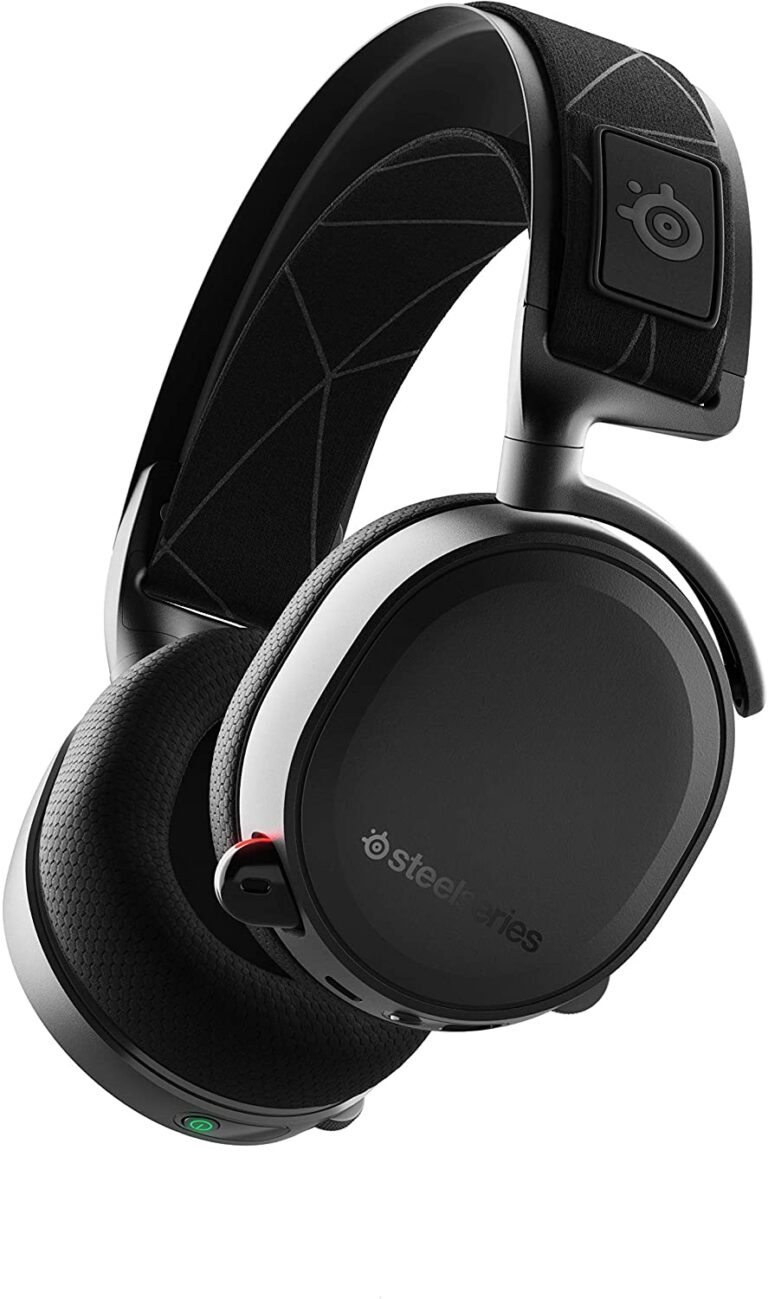

Sonar has a gaming-oriented parametric EQ, as well as features like 360-degree spatial audio, which is implemented pretty well.

Good news: Gaming sounds much better than music on the Nova 7 - pretty good with the headset’s default, out-of-the-box settings, and there’s plenty to play around in SteelSeries’ Sonar audio software suite. But you’re not buying a $180 headset with simultaneous dual wireless for the analog connection. Audio quality is much better over a wired connection (though there was still some mid-range distortion and fuzziness in the bass). I tested the Nova 7’s audio over both a wireless (2.4 GHz) and wired (3.5mm analog, plugged into SteelSeries’ own GameDAC) connection. Lows are present but a little underwhelming, and the bass was both too restrained and muddy-sounding in Kanye West’s “Love Lockdown” and Kaskade’s “POW POW POW.” Mids and highs, by contrast, are pumped a little too high the lower mid-range had a lot of distortion in David Guetta’s “Titanium,” and details were a blended mess in the normally-crisp layers of Beyonce’s “Single Ladies.” Music on the Nova 7 sounds good - just good, not great. The new Arctis Nova 1 and Nova 3 have the same drivers the Arctis Nova Pro and Arctis Nova Pro Wireless have different, higher-fidelity drivers. The Arctis Nova 7 has “custom high fidelity drivers tuned for gaming” (whatever that means), with a frequency response of 20 - 20,000 Hz, an impedance of 36Ω, and a sensitivity of 93dBSPL. Fully-retractable, bi-directional, noise-cancelingĢ.4GHz wireless, Bluetooth 5.0, wired (3.5mm aux)


 0 kommentar(er)
0 kommentar(er)
